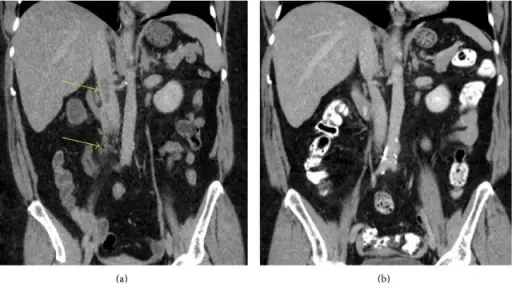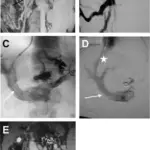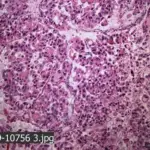Thrombophlebitis is formation and presence of a blood clot in the presence of inflammation of the venous wall and injury.
What is the Pathology of Thrombophlebitis?
The pathology of thrombophlebitis is:
-Etiology: The cause of thrombophlebitis is hereditary factor deficiency, is inactivity, malignancy, use of estrogen-containing compounds, cardiac failure, and the postoperative state.
-Genes involved: Unknown.
-Pathogenesis: The sequence of events that lead to thrombophlebitis results from initiated triad of changes: endothelial injury, change in the composition of blood and venous stasis.
-Morphology: The morphology associated with thrombophlebitis shows affected area firm and distended.
-Histology: The histology associated with thrombophlebitis shows thick-walled fibrous, and vein, fibroblastic proliferation, and mononuclear inflammatory cells.
How does Thrombophlebitis Present?
Patients with thrombophlebitis are more commonly females, and the age range is 30 to 50 years old. The symptoms, features, and clinical findings associated with thrombophlebitis include distal edema, superficial vein dilation, heat, tenderness, redness, swelling, pain and cyanosis.
How is Thrombophlebitis Diagnosed?
Thrombophlebitis is diagnosed clinical presentation, CBC count, aPTT, prothrombin time, protein S level, and antithrombin level for evaluation of factor-related hypercoagulability. Imaging studies such as venous duplex ultrasonography may be helpful.
How is Thrombophlebitis Treated?
Thrombophlebitis is treated through medical care such as low molecular weight heparin, NSAID therapy. Surgical care may also be needed.
What is the Prognosis of Thrombophlebitis?
The prognosis of thrombophlebitis is good with proper management.



